A swimming pool is more than just a place to take a refreshing dip — it’s a total upgrade to your family’s lifestyle, providing the perfect setting to relax, escape and entertain. A pool can also greatly enhance the beauty of your yard, especially when designed with thoughtful features like custom lining or fountains.
To get the longest life and greatest value out of your new swimming pool, it’s important to plan carefully for the design and construction process, taking into consideration factors like space, climate, soil quality, yard slope and budget. This guide will help you get started by explaining the basics of how to plan a pool, from choosing a spot in your yard to obtaining the permits for building. If you’ve been thinking about getting a fiberglass or vinyl swimming pool, read on for pointers to plan your pool.
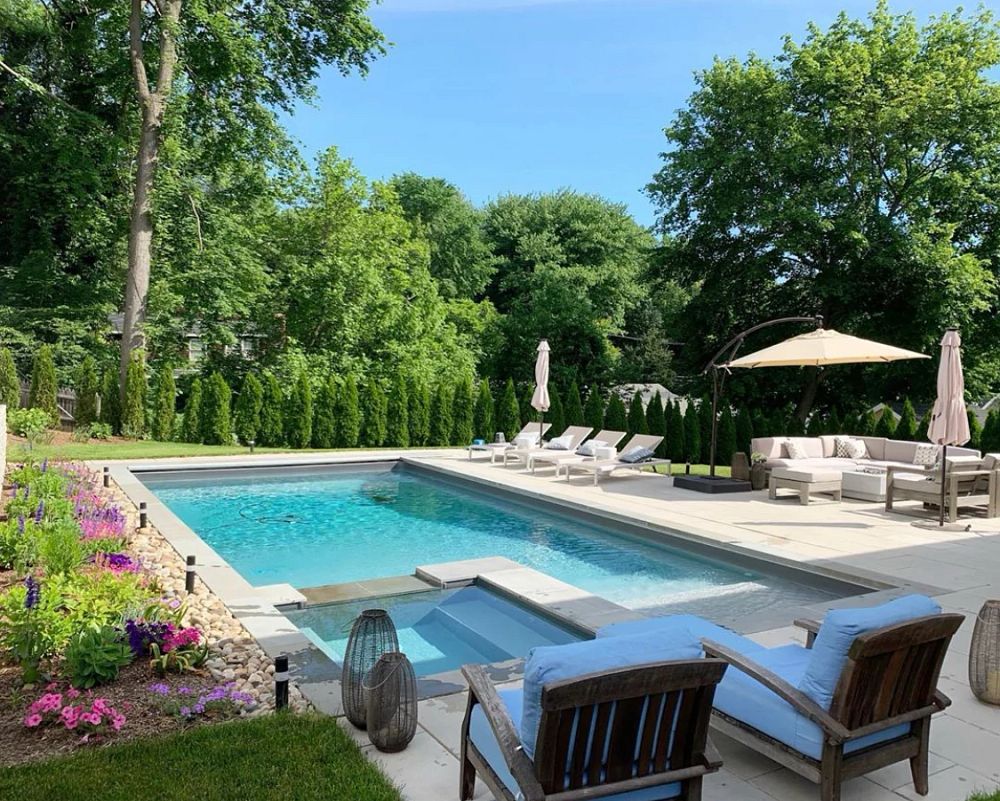
What to Consider When Building a Pool
You want your pool to be built safely, beautifully and efficiently — on schedule and within budget. To help ensure that you achieve the desired results, you should discuss your plans in advance with an experienced pool builder, who can look for practical and cost-efficient ways to bring your backyard dreams to life. For example, you should talk about how you’ll handle details like drainage, landscaping, yard layout, pool size, ongoing pool care and maintenance, preferred construction materials, and if necessary, strategies for dealing with construction on sloped property.
While there will always be some factors that are impossible to control, like the weather, most of the pool planning process should be organized before you start building. It may seem like a lot to think about, but planning the pool will set you up for greater success — and more satisfaction.
Putting a Swimming Pool in Your Backyard
Nothing brings excitement to your yard like a gorgeous new pool for the kids to play in — and the neighbors to admire. But maybe you’ve wondered, is it worth the investment? To help you weigh this important decision, here are a few of the benefits and advantages that a swimming pool can provide!
Is it Worth Putting a Pool in Your Backyard?
Adding a pool is a major decision that, ultimately, only you and your family can make. However, while no one can make the choice for you, there are some factors that might impact your decision. From having more options to entertain guests, to potential for long-term payoffs in the future, consider these five ways you could benefit from investing in a new pool.
- Think moving could be a possibility someday? Adding a pool could also add value to your home, helping you sell the property for a higher price.
- Pools provide countless hours of fun for the whole family, plus friends, neighbors, and even your dogs!
- A pool is the perfect centerpiece for entertaining guests of all ages. Host summertime barbeques, relax with a cocktail on the deck, throw pool parties for your children’s friends, and more!
- Get exercise the fun way, in the privacy and comfort of your own backyard.
- Whether you need to destress after work, want a peaceful start to your morning, or you’re simply in the mood to escape to a tropical getaway, your pool is an oasis where you can relax, refresh, and rejuvenate.
Are Inground Pools Worth It?
An inground pool generally costs more to install than an above-ground pool, making it a larger initial investment. However, the greater upfront costs may pay for themselves over time. According to broker Melissa Zavala, who was interviewed by BankRate in 2020, “In many markets, inground pools are preferred and above-ground pools do not increase the value of a home.” In fact, some studies have shown that an in-ground pool can add anywhere from $11,591 to $95,393 to your home’s overall resale value, with other researchers finding average increases anywhere from 5% to 8%.
Even if you don’t plan on moving any time soon, there’s also another benefit: inground pools tend to have longer lifespans than above-ground pools, which means you’ll get more use out of the pool over time — and likely, greater value for your dollar. With that in mind, an above-ground pool might be an ideal, economical option if you don’t plan to use the pool frequently — for instance, if it will mainly be used when your grandchildren visit.
Above-ground pools are also faster to construct — but on the other hand, offer fewer options for customization. If you’d like to add fountains, tanning ledges, or other deluxe features, an in-ground model is likely your better option. Talk to an experienced builder, who can help you weigh the pros and cons of inground pools vs. above-ground pools to determine which option best suits your lifestyle.
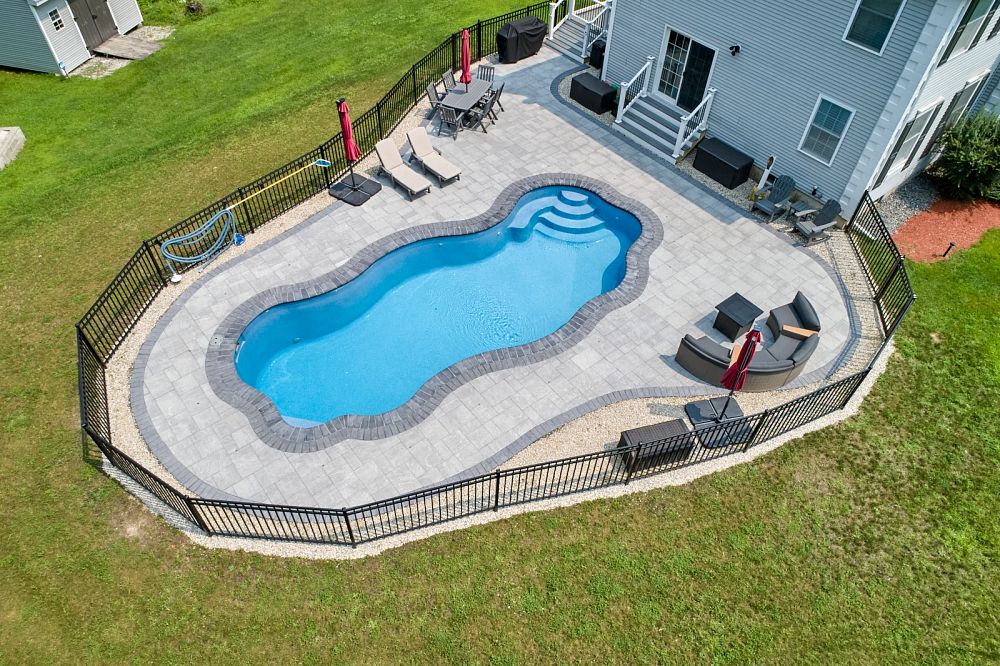
Pool Planning FAQ
In this section of our pool planning guide, we’ll answer some of your most frequently asked questions about residential swimming pool planning, including:
- What permits do you need to build a pool?
- How do you choose the best spot in your yard for a pool?
- How do you determine whether your yard is suitable for a pool?
- How much does it cost on average to construct a new custom swimming pool?
Do You Need a Building Plan for a Pool?
Depending on the regulations where you live, you may be required to submit a building plan and obtain a permit before construction may begin. Since regulations around residential swimming pool construction vary so much by location, it’s essential to check the laws and ordinances in your area. A good way to get started is by contacting your municipality and asking what sorts of inspections you’ll need to have performed and which documents you’ll need to submit. Be aware that, depending on your location, you may also need to obtain approval from your homeowner’s association (HOA). A pool builder can help you navigate this process and make sure you’re in compliance with local zoning regulations.
Where Should a Pool Be Placed in My Backyard?
You’ll need to determine where in your yard your pool should be placed. That means you’ll also have to think about details like the size and dimensions of the pool; the shape and layout of your yard; whether your yard is flat or sloped; the minimum distance that must be maintained between your home and your pool (known as a “setback”); the position of your septic tank; the position of immovable features on your lawn (such as sheds or gazebos); and finally, even how much sunlight various parts of your yard receive. You should discuss each of these points with a trusted pool builder, along with related details like your privacy, your view, and space for landscaping or decking around the pool — all of which will be impacted by the pool’s placement in your yard.
How Do I Know If I Can Put a Pool in My Backyard?
To ensure that your yard is pool-ready this summer, you’ll need to take two basic steps:
- Confirm that it’s legally possible. Get in touch with an official for your town or city who can assist you with the inspection- and permit-related requirements for building. Make sure you complete all requirements — ideally well in advance of any deadlines, which will give you a cushion in the event of an emergency or unexpected setback.
- Confirm that it’s physically possible. Get an assessment of your yard from a professional pool builder, who can look at your property to determine whether construction is possible in terms of space, soil quality, the positioning of your septic tank and gas lines, and other physical details.
Remember, even sloped or small yards are usually suitable for construction, so don’t be discouraged if your space or budget seems limited — a beautiful and functional pool is within closer reach than you think! You can even see a preview by using our pool planning app.
What is the Average Cost to Put in a Swimming Pool?
The cost of a swimming pool can vary greatly, depending on factors like the size and shape of the pool; the construction materials that are used, such as vinyl versus fiberglass; and whether you wish to add on any custom details, such as tanning ledges, waterfall features, automatic safety covers, spa jets, or built-in pool steps. The price can also be impacted by factors like availability of labor and materials, whether it is necessary to build support features like retaining walls, and whether any specialized construction equipment is required. For detailed information about pool costs and planning your budget, we suggest exploring the following resources:
Financing options from LightStream and Lyon Financial
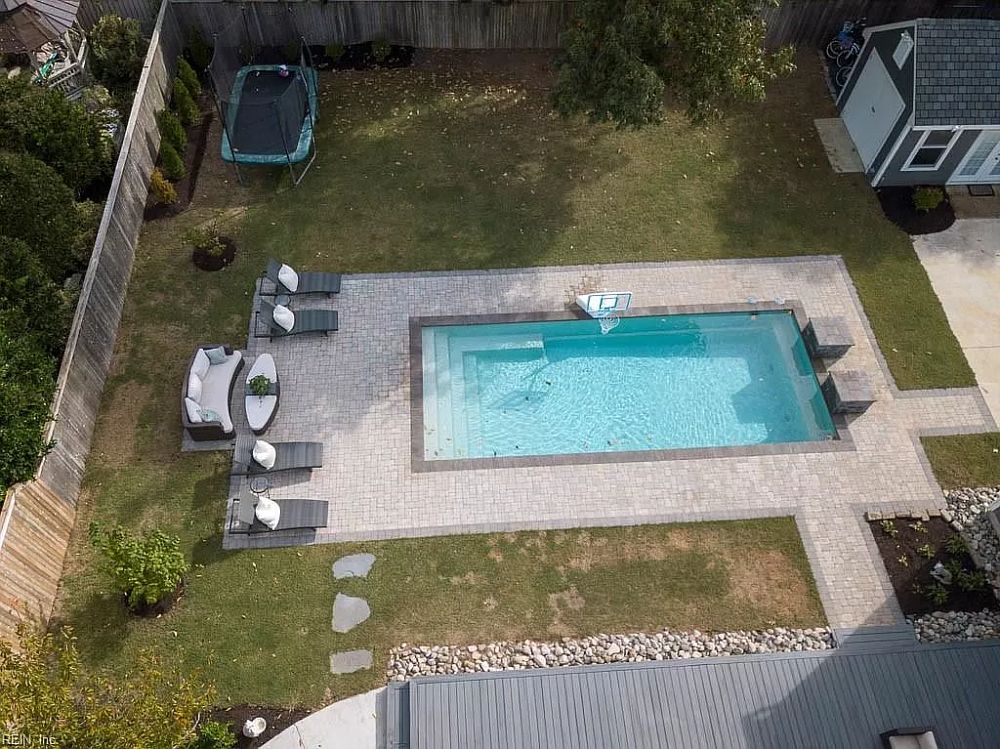
Contact Us for Your Pool Planning Needs
Successfully planning a pool requires careful thought, attention to detail, and coordination with city officials. From applying for the appropriate permits, to choosing where the pool will be placed, to determining whether features like retaining walls will be necessary, you’ll need to consider a broad range of aesthetic, financial, and practical factors from the outset of your project. But it doesn’t have to be a stressful or overwhelming process. With the friendly, experienced pool builders at Latham to guide and assist you, you’ll have expert support at every step of the way.
Discover how easy the process can be! Get started by creating a free My Latham account, where you can receive personalized pool planning content recommendations to help you stay inspired and organized. Contact us online to learn more about planning your pool, or find a an independent pool builder near you.

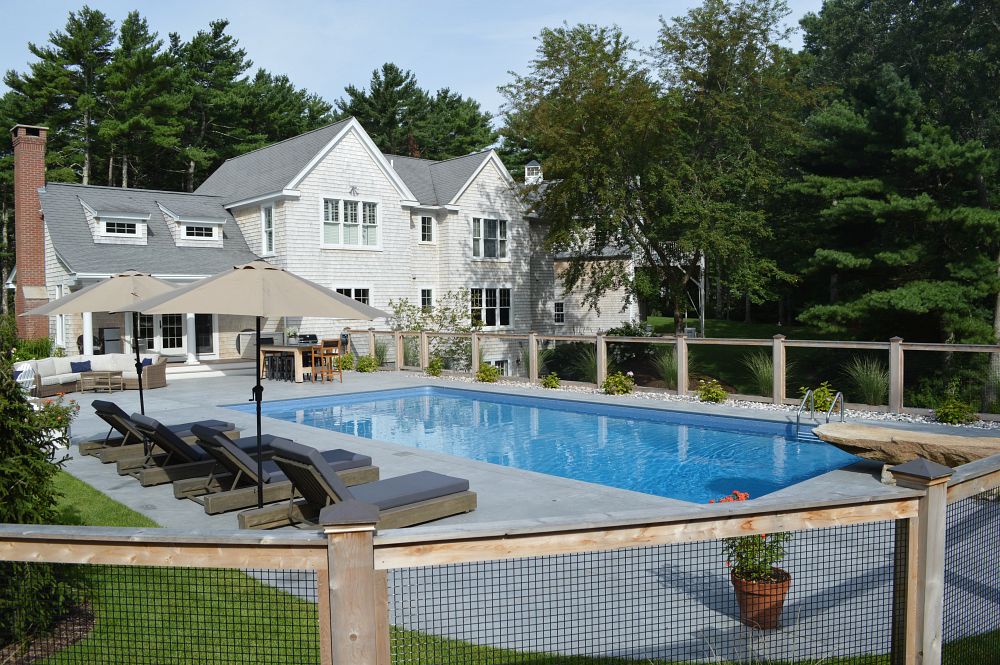

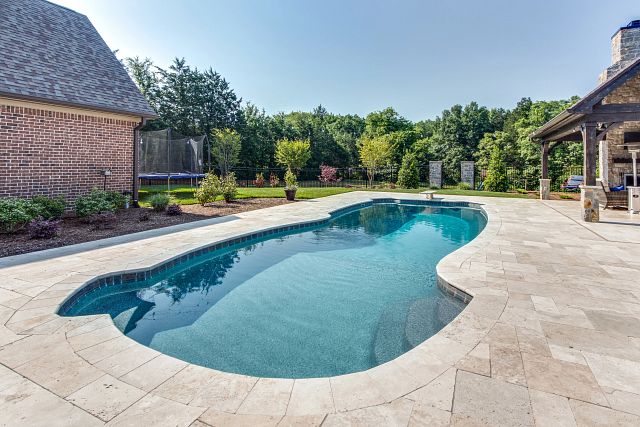
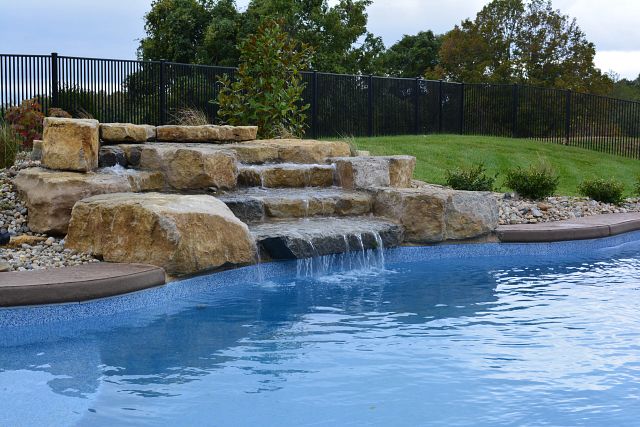
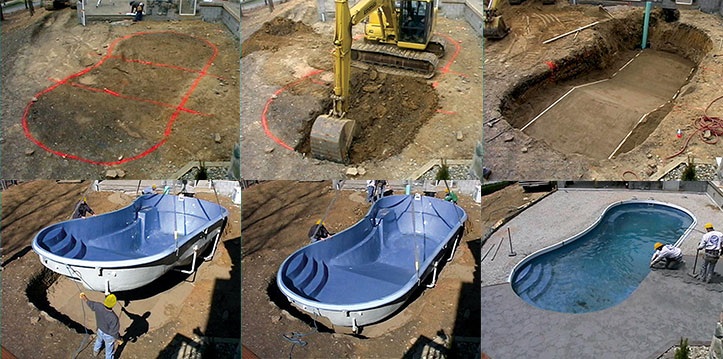
I have a 60’x18′ rectangular pool that needs to be resurfaced, new coping, etc., and would like to know if your retractable covers would fit that size. Please let me know thank you.